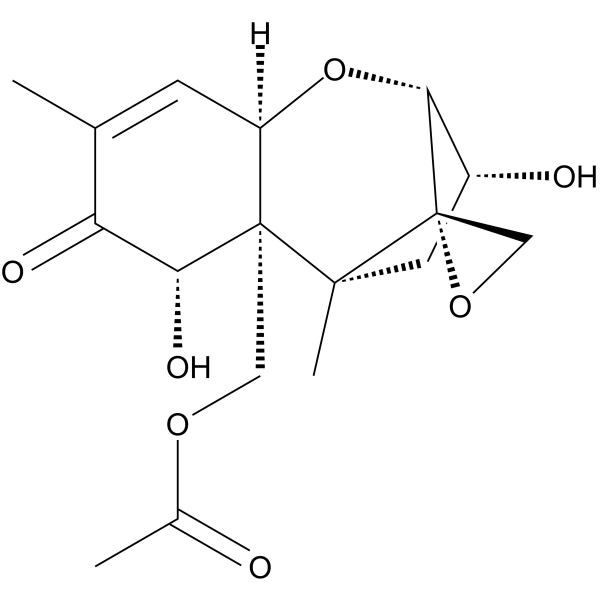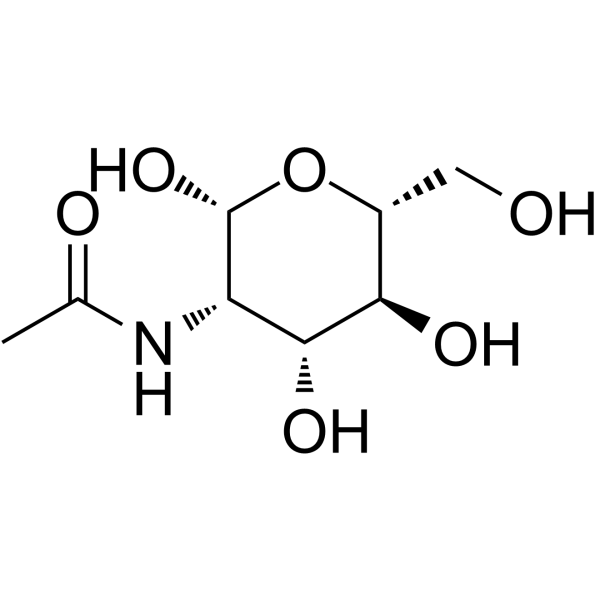Argireline;(Synonyms: 六胜肽; Acetyl hexapeptide-3) 纯度: ge;99.0%
Argireline (Acetyl hexapeptide-3) 是一种无毒,可渗透皮肤的抗皱肽。Argireline 可显着抑制神经肌肉接头处依赖 Ca2+ 的神经递质释放。Argireline 具有抗皱和抗衰老的作用。

Argireline Chemical Structure
CAS No. : 616204-22-9
| 规格 | 价格 | 是否有货 | 数量 |
|---|---|---|---|
| Free Sample (0.1-0.5 mg) | ; | Apply now | ; |
| 5 mg | ¥500 | In-stock | |
| 10 mg | ¥600 | In-stock | |
| 50 mg | ¥690 | In-stock | |
| 100 mg | ¥980 | In-stock | |
| 200 mg | ; | 询价 | ; |
| 500 mg | ; | 询价 | ; |
* Please select Quantity before adding items.
Argireline 相关产品
bull;相关化合物库:
- Drug Repurposing Compound Library Plus
- Clinical Compound Library Plus
- Bioactive Compound Library Plus
- Peptide Library
| 生物活性 |
Argireline (Acetyl hexapeptide-3) is a non-toxic, skin-permeable, antiwrinkle peptide. Argireline significantly inhibits Ca2+ dependent neurotransmitter release (acetylcholine) at the neuromuscular junction. Argireline has antiwrinkle and anti-aging activity[1][2][3]. |
||||||||||||||||
|---|---|---|---|---|---|---|---|---|---|---|---|---|---|---|---|---|---|
| 体外研究 (In Vitro) |
The incubation of Argireline solution in different concentrations with human embryonic kidney HEK-293 (IC50 of 34.862 μM) and neuroblastoma IMR-32 cells (IC50 of 68.458 μM)) for 48 h have dose dependent antiproliferative effect. Argireline solution incubated in different concentrations with HSF has a dose-dependent antiproliferative effect on those cells. Cellular proliferation is not effected in Argireline low concentration[2]. MCE has not independently confirmed the accuracy of these methods. They are for reference only. |
||||||||||||||||
| 体内研究 (In Vivo) |
Argireline is applied to the aged mice twice daily for 6 weeks. There is an improvement in the histological structure of skin tissue in the aged mice; the amount of type I collagen fibers increased, while that of type III collagen fibers decreased. Argireline could improve the histological structure of skin tissue and rejuvenate the aging skin[3]. MCE has not independently confirmed the accuracy of these methods. They are for reference only. |
||||||||||||||||
| Clinical Trial |
|
||||||||||||||||
| 分子量 |
888.99 |
||||||||||||||||
| Formula |
C34H60N14O12S |
||||||||||||||||
| CAS 号 |
616204-22-9 |
||||||||||||||||
| Sequence Shortening |
Ac-EEMQRR-NH2 |
||||||||||||||||
| 中文名称 |
六胜肽 |
||||||||||||||||
| 运输条件 |
Room temperature in continental US; may vary elsewhere. |
||||||||||||||||
| 储存方式 |
|
||||||||||||||||
| 溶解性数据 |
In Vitro:;
H2O : 100 mg/mL (112.49 mM; Need ultrasonic) 配制储备液
*
请根据产品在不同溶剂中的溶解度选择合适的溶剂配制储备液;一旦配成溶液,请分装保存,避免反复冻融造成的产品失效。 |
||||||||||||||||
| 参考文献 |
|


